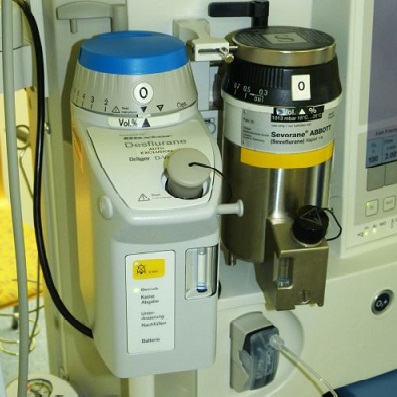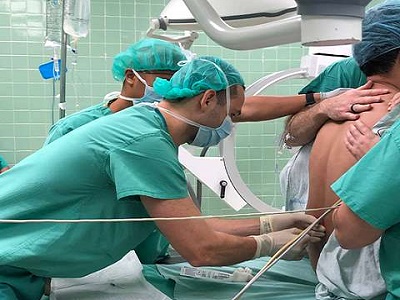Clinical scenarios highlighting anesthetic considerations for various surgical procedures
Spinal Cord Injury in Trauma
A 28-year-old male with C6 spinal cord injury from a diving accident requires surgical stabilization. He demonstrates autonomic dysreflexia and requires careful hemodynamic monitoring during positioning and surgery.
Pacemaker Patient for MRI
An 80-year-old male with a permanent pacemaker requires anesthesia for MRI-guided biopsy. Special considerations for MRI safety, device interrogation, and potential electromagnetic interference are needed.
Burn Patient for Debridement
A 30-year-old female with 40% total body surface area burns presents for serial debridement. She has significant fluid shifts, hypermetabolic state, and potential difficult airway due to facial burns.
Pregnant Trauma Patient
A 26-week pregnant female involved in a motor vehicle accident requires exploratory laparotomy. Considerations for fetal monitoring, aortocaval compression, and teratogenic effects of medications are paramount.
Malignant Hyperthermia Susceptibility
A 25-year-old male with family history of malignant hyperthermia requires emergency surgery. Avoidance of triggering agents and preparation with dantrolene and a clean anesthesia machine is essential.
Septic Patient for Source Control
A 60-year-old female with septic shock from perforated diverticulitis requires emergency laparotomy. Management focuses on hemodynamic stabilization, appropriate antibiotic therapy, and organ support.
Pediatric Cardiac Anomaly
A 6-month-old infant with tetralogy of Fallot presents for hernia repair. Careful management of systemic vascular resistance and prevention of hypercyanotic spells during anesthesia induction is critical.
Elderly with Polypharmacy
An 85-year-old male taking 12 different medications presents for cataract surgery. Complex drug interactions, reduced physiological reserve, and postoperative cognitive dysfunction are significant concerns.







